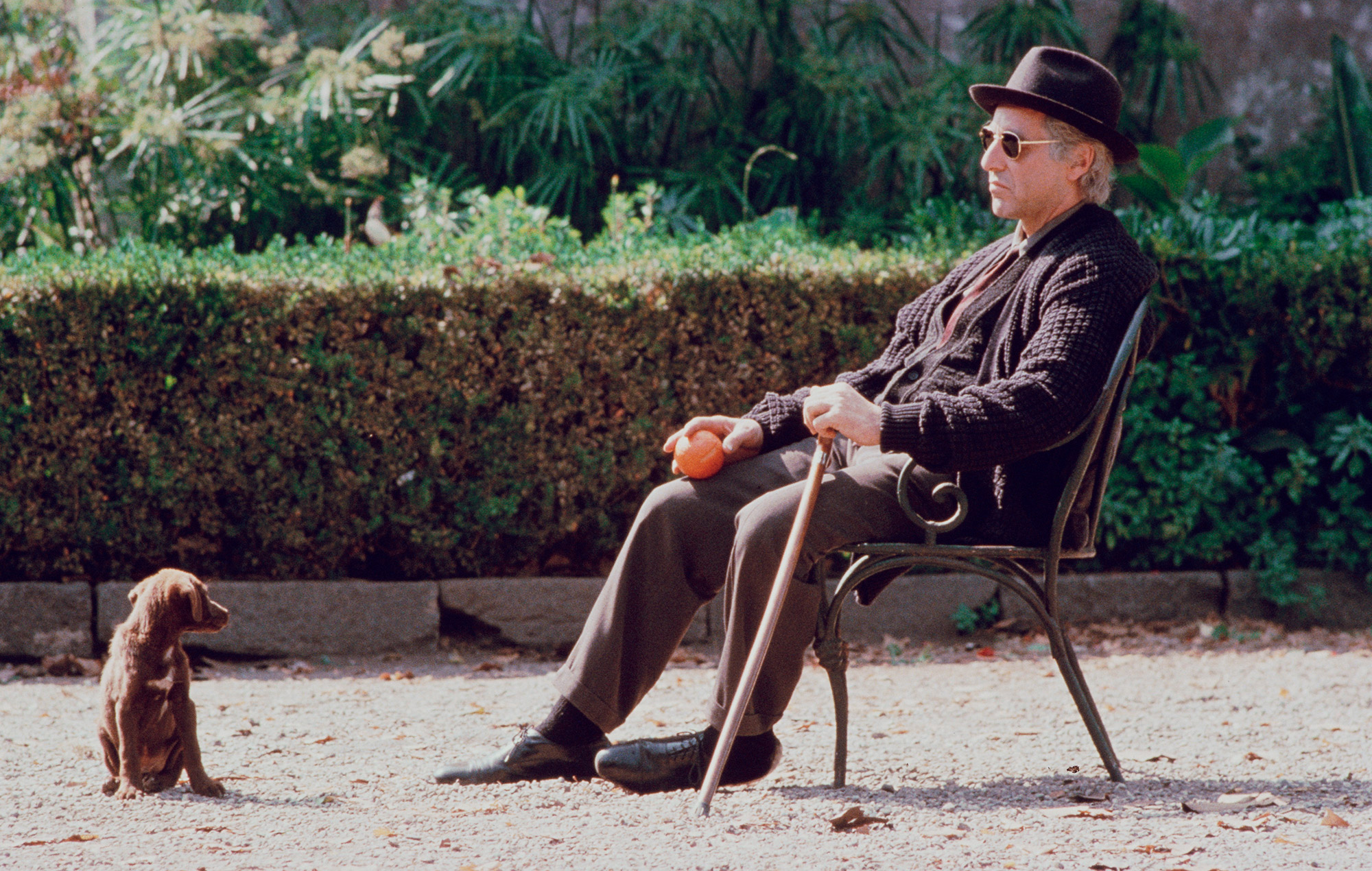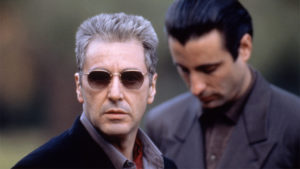
Re-edited ‘Godfather: Part III’ wins applause
Early reviews praise revamped third movie but say it still falls short of first two

Francis Ford Coppola’s re-edit of The Godfather: Part III is receiving praise from critics who say the changes have streamlined the original’s meandering plot and sharpened the movie’s focus.
Some critics say it is a better movie now but still not as good as the first two in the Godfather trilogy.
The re-edited movie, titled Mario Puzo’s The Godfather, Coda: The Death of Michael Corleone, was released in early December.
In a brief introduction to the new version, the 81-year-old Coppola explains that “coda” is a musical term meaning “a summing up,” which is what he and Puzo intended this movie to be. Puzo died in 1999 at age 78. He wrote the 1969 novel that the films are based on. Puzo also co-wrote the movie trilogy with Coppola.
In addition to a new beginning and ending, Coppola says many scenes were “repositioned.”
“The picture has been given, I think, a new life,” Coppola says.
The film now starts with the financial arrangement between the Vatican Bank and Michael Corleone (Al Pacino). Critics say this gives viewers a better understanding of how the Vatican angle ties into Michael’s middle-aged effort to part ways with his criminal past.

The other major change is that Michael is alive when the movie ends. In the 1990 version, the aging Michael is in a chair outside in the sunlight, alone except for a couple of dogs in the yard, when he slumps over and dies.
In the new version, he is in the same chair outdoors, but this time he remains upright, the camera tightly focused on his face, his untrimmed gray hair emerging from beneath a hat. The implication is that Michael is isolated in his advanced years, left alone to contemplate the missteps and losses in a long life filled with melancholy and regret. The death implied in the new title seems to be an internal death.
The original version has been widely panned over the decades as inferior in comparison to the first two Godfather movies, winners of multiple awards in the early 1970s.
Over time, the re-edited movie will be subjected to additional analysis, but some veteran film critics taking a first look at it have been generous.
In the Chicago Sun-Times, Richard Roeper wrote: “I found the new cut to be more cohesive and more impactful, including a final shot that proves less is often more when one is telling such an epic tale.”
Roeper wrote that the new ending is the most important change, “which Coppola has sculpted in a way that closes the curtain with more dignity and resonance.”
As for the beginning, Part III in its original theatrical release took “a long wind-up before getting into a major storyline about Michael investing $600 million with the Vatican,” according to Roeper. In the older version, this crucial information doesn’t come up until 40 minutes into the movie. Putting it at the beginning clarifies the plot.
“This immediately establishes that Coda will be in large part about Michael’s desire to leave the crime world behind him once and for all,” Roeper wrote, “leading to the movie’s most quoted line: ‘Just when I thought I was out, they pull me back in!’”
Roeper wrote that Coppola intended the original film “to be an epilogue that serves to sum up and bring closure to the original saga.” Coppola also wanted “to breathe new life into the picture,” Roeper noted.
“He has achieved just that,” the film critic wrote.
Roeper asserted that the third Godfather movie will always be the third best of the trilogy, but Coda does “slightly narrow what remains a fairly large gap.”
“A Godfather film that’s a distant third is still a Godfather film worth treasuring,” he wrote.
One point of contention with Roeper is the performance by George Hamilton, who replaced Robert Duval as the family’s consigliere. Duval declined to appear in Part III 30 years ago over a pay dispute.
“Every time George Hamilton appears onscreen,” Roeper wrote, “we can’t help but miss the great Robert Duvall.”

When the original movie was released, many critics said Sofia Coppola’s performance was subpar at best. Sofia Coppola, who is Francis Ford Coppola’s daughter, now is a respected film director.
Richard Brody, a New Yorker magazine film critic, recently wrote that she was unfairly criticized during the first go-round. “Sofia Coppola’s performance was wrongly, absurdly, frenetically reviled by many critics at the time of the film’s release,” Brody wrote.
He noted that former New Yorker film critic Pauline Kael was not among those who heaped “critical hostility” on Sofia Coppola when Part III came out.
As Brody noted, Kael stated in the New Yorker years ago that Sofia Coppola “has a lovely and unusual presence; she gives the film a breath of life,” adding, “I grew to like her.”
In the re-edited version, her performance has a “contemporary” feel, according to Brody.
“Her tremulously expressive performance, which seemed so idiosyncratically low-key and indeed unusual, comes off now as utterly contemporary, in the same vein as the younger generation of actors who have populated Sofia Coppola’s own films and many low-budget independent films of the past decade,” Brody wrote.
Brian Tallerico, editor of RogerEbert.com, said viewers who were “turned off by Sofia Coppola’s performance” in Part III won’t be swayed now. However, “if you’re someone who defended it or found yourself wondering if it was better than you remembered,” he wrote, “well, it’s definitely better now.”
Owen Gleiberman, chief film critic for Variety, conceded he was one of the few who, while recognizing the first version’s flaws, liked Part III in its initial run. The re-edit brings the movie to a higher level and is worth seeing, he wrote.
“With The Godfather, Coda, let the tinkering be done,” he wrote on Variety’s website. “But I urge you to seek the movie out, because it truly does touch the grandeur of the first two films. Even if it can’t match it.”
Larry Henry is a veteran print and broadcast journalist. He served as press secretary for Nevada Governor Bob Miller, and was political editor at the Las Vegas Sun and managing editor at KFSM-TV, the CBS affiliate in Northwest Arkansas.
Feedback or questions? Email blog@themobmuseum.org





